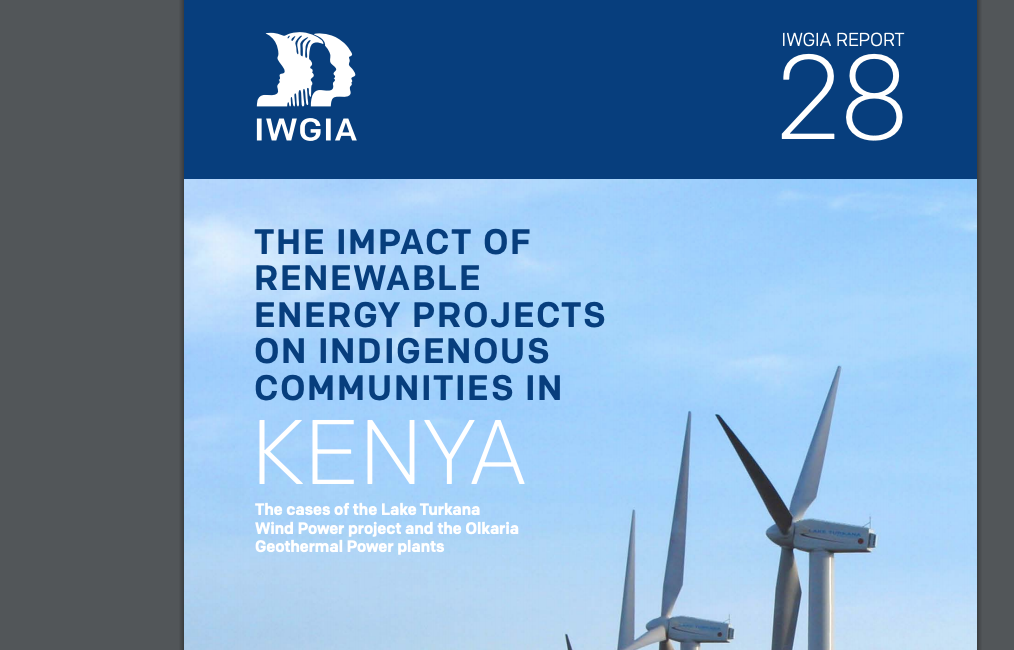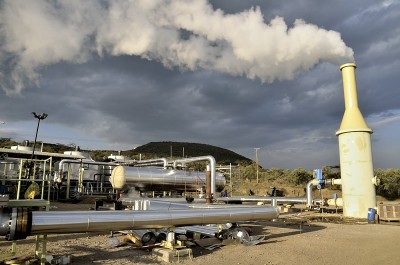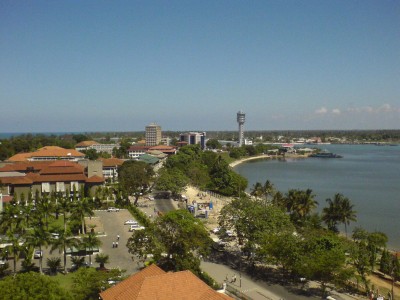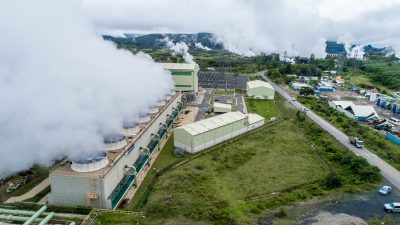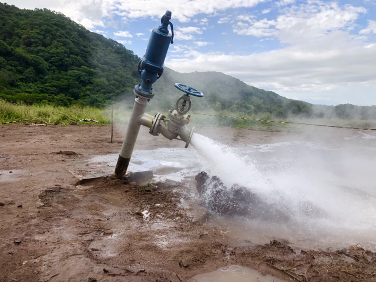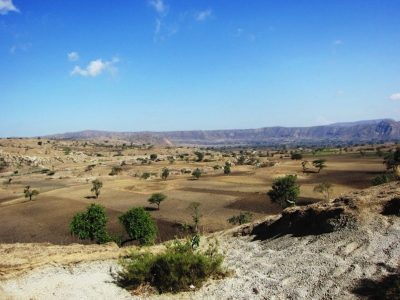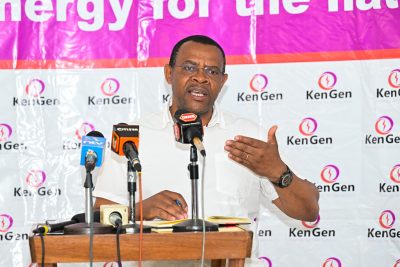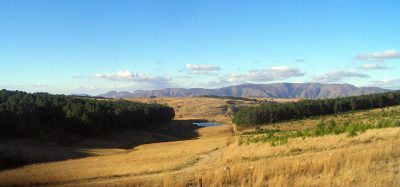Report looking at impact of Olkaria geothermal project on indigenous communities in Kenya
A report shared by human rights organization IWGIA looks at the impact of renewable energy projects on indigenous communities in Kenya, looking specifically at the Lake Turkana wind power project and the Olkaria geothermal power plants.
International Work Group for Indigenous Affairs (IWGIA) published an interesting report in December 2019 looking at the “Impact of renewable energy projects on Indigenous communities in Kenya”.
This organization’s latest human rights report examines the sociocultural impacts two particular projects – the Lake Turkana Wind Power project and Olkaria Geothermal Power plants – are having in several Indigenous communities in Kenya.
Through its ambitious national development plan – Kenya Vision 2030 – Kenya sets out to be a regional leader in sustainable industrialisation, including an aim to transition to 100% renewable energy by this year, 2020. The energy sector is experiencing high demand and also a shift from former dominant state actors towards a rapidly growing private sector which is now accounting for 43% of Kenya’s energy generation, including both projects examined in this report.
In general, Indigenous Peoples support the transition to green energy as this is an important element of combatting climate change, which in many cases particularly affects the areas where Indigenous Peoples live. However, Indigenous Peoples demand that their fundamental collective human rights must be respected when such large-scale projects are undertaken, as currently their lands are often seen by the state and private corporations as virgin land up for grabs to develop and exploit.
The report looks at a wind project and the development of the geothermal plants at Olkaria in Kenya. The report looks critical at the construction of the Olkaria V geothermal power project that went online last year. With the involvement of the European Investment Bank and the World Bank, a mediation agreement was reached through a mediation process in 2016. The agreement included commitments by KenGen related to land titling and vulnerable project-affected persons (PAPs), was signed by KenGen and the community representatives, who are the sole parties to the Agreement. By signing it, KenGen committed to an Action Plan which addresses the complaints of the PAPs, including transfer of land title to the PAPs.
The report shares details of a revenue sharing scheme as part of Kenya’s Energy Act, signed into law in 2019, that would see royalties to be shared with the local community from revenues generated from the use of geothermal resources. The implementation will though have to be seen.
While being critical highlighting several elements in the development of geothermal development at Olkaria, the report nevertheless describes signs that lessons have been learned from the mistakes made in the involuntary relocation process for Olkaria IV and that companies are treading more carefully in their relationships with local affected communities in the development of new plants.
For full conclusions and details see the full report here (pdf).
The report was created with support from the Ministry of Foreign Affairs of Denmark.
Source: IWGIA
